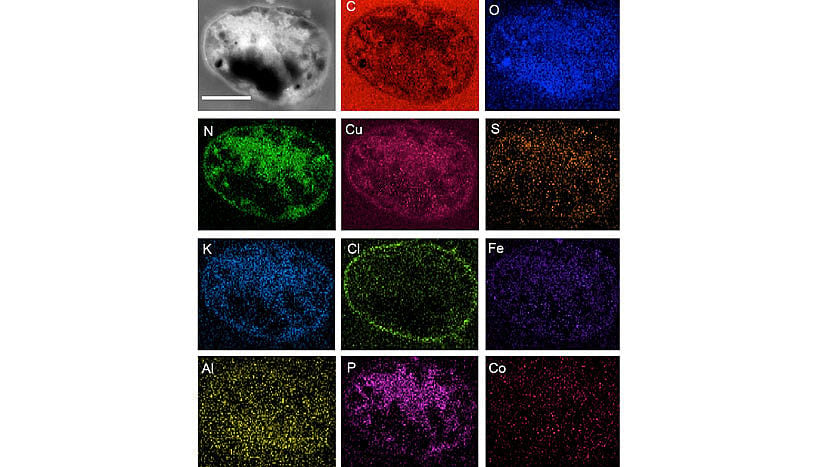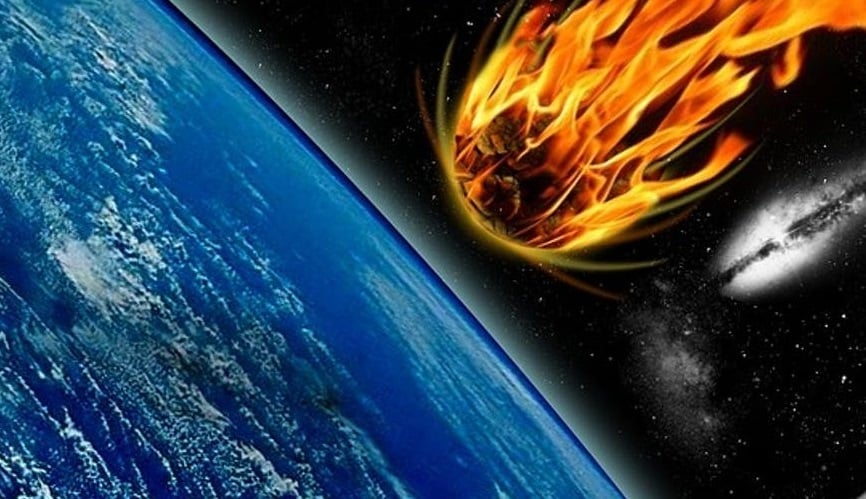From the study of meteorite fragments that have fallen to Earth, scientists have confirmed that bacteria can not only survive the harsh conditions of space but can transport biological material between planets. Because of how common meteorite impacts were when life emerged on Earth (ca. 4 billion years ago), scientists have been pondering whether they may have delivered the necessary ingredients for life to thrive.
In a recent study, an international team led by astrobiologist Tetyana Milojevic from the University of Vienna examined a specific type of ancient bacteria that are known to thrive on extraterrestrial meteorites. By examining a meteorite that contained traces of this bacteria, the team determined that these bacteria prefer to feed on meteors - a find which could provide insight into how life emerged on Earth.
The study, which recently appeared in Scientific Reports* (a publication maintained by the journal Nature*), was led by astrobiologist Tetyana Milojevic of the University of Vienna. For years, she and other members of the Extremophiles/Space Biochemistry Group have been investigating the meteorite-associated growth physiology of the single-celled metallophilic bacteria known as Metallosphaera sedula.
To break it down, Metallosphaera sedula are part of a family known as lithotrophs, bacteria that derive their energy from inorganic sources. Research into their physiological processes could provide insight into how extraterrestrial materials could have been deposited on Earth billions of years ago, which could have provided a steady supply of nutrients and energy for emerging microorganisms.
For the sake of their study, the team examined strains of this bacteria that were found on a meteorite retrieved on Earth. The meteorite in question, Northwest Africa 1172 (NWA 1172), is a multimetallic object that was discovered near the town of Erfoud, Morocco, in 2000. What they found was that this bacteria rapidly colonized the meteor's material, far faster than it would minerals found on Earth. As Milojevic explained:
"Meteorite-fitness seems to be more beneficial for this ancient microorganism than a diet on terrestrial mineral sources. NWA 1172 is a multimetallic material, which may provide much more trace metals to facilitate metabolic activity and microbial growth. Moreover, the porosity of NWA 1172 might also reflect the superior growth rate of M. sedula."
Milojevic and her colleagues determined this by examining how the microbes trafficked iron oxide molecules into their cells and monitored how their oxidation state changed over time. This was done by combining multiple analytical spectroscopy techniques with transmission electron microscopy, which provided nanometer-scale resolution and revealed telltale biogeochemical fingerprints on the meteor.
These fingerprints revealed that M. sedula thrived on the meteor's metallic constituents. As Milojevic concluded:
"Our investigations validate the ability of M. sedula to perform the biotransformation of meteorite minerals, unravel microbial fingerprints left on meteorite material, and provide the next step towards an understanding of meteorite biogeochemistry."
The study of lithotrophs that thrive on extraterrestrial objects could help astronomers answer key questions about how and where life emerged in our Solar System. It could also reveal whether or not these objects, and the bacteria that they deposited on Earth over time, played an important role in the evolution of life.
For some time, scientists have theorized that life (or the basic ingredients thereof) are distributed throughout the Universe by meteors, comets, and asteroids. Who knows? Perhaps life on Earth (and possibly throughout the cosmos) owes its existence to extreme bacteria that turn inorganic elements into food for organics.
Further Reading: University of Vienna*, Nature*
 Universe Today
Universe Today


